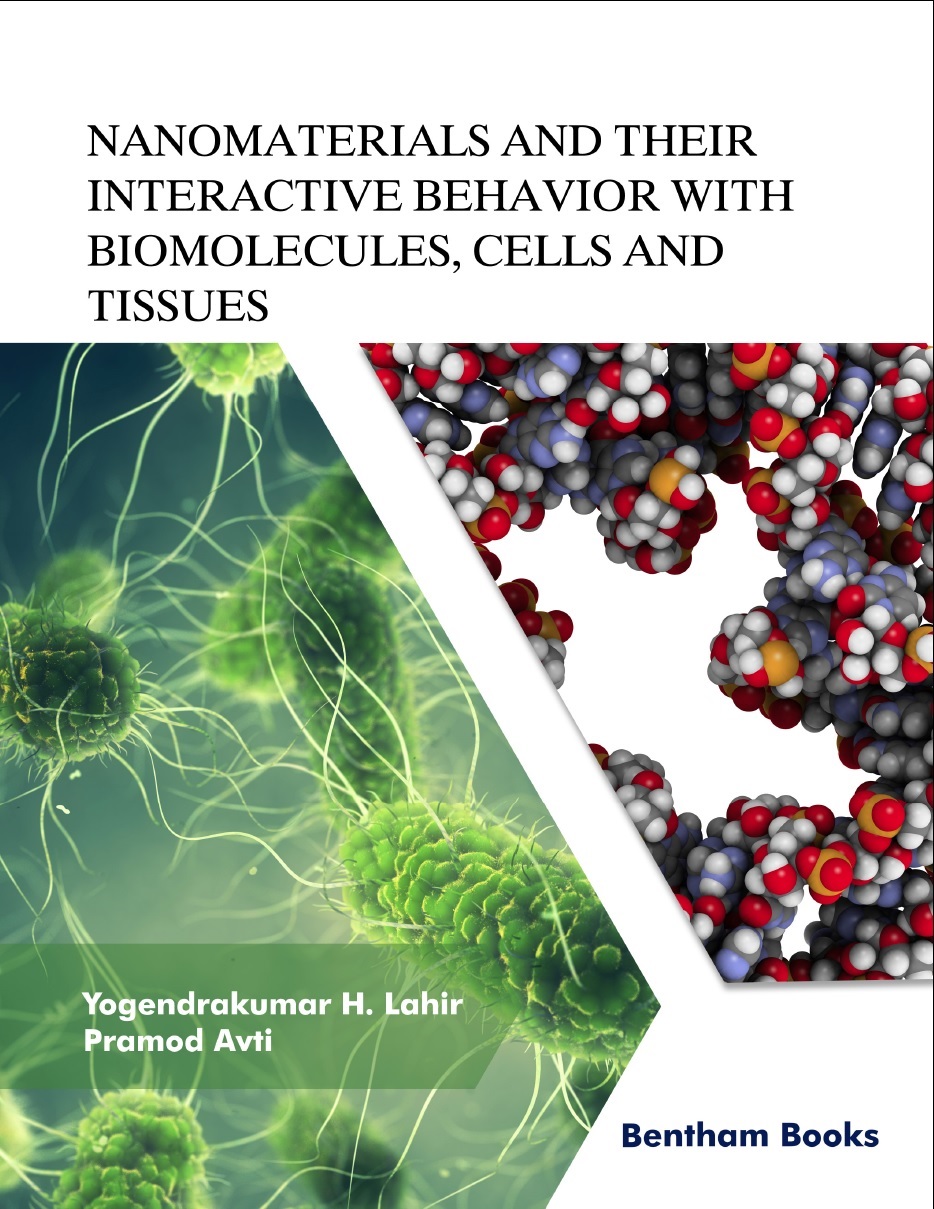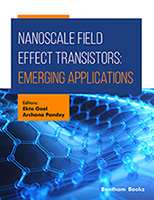This book comprises ten chapters; each chapter elucidates specific aspects of nanotechnology, nanoscience, and the basic concepts involved during their multifaceted interactions with and within biological systems and biomolecules.
This presentation elaborates on the introductive remarks on nanotechnology and nanoscience. There is a brief discussion on the definition of nanomaterials, scope, and applications in different fields with emphasis on biological sciences and materials sciences. The interactive behavior of nanomaterials relates to their types and nature. The successful applications of nanomaterials enormously depend on their degree of biocompatibility and bioavailability in the biosystem and at the site of the interface. The physicochemical parameters like inter and intramolecular bonding, hydrophobicity, interactive forces, surface charge, and composition of nanomaterials are well illustrated with suitable examples and supported by the references. When nanomaterials encounter a biosystem, the cellular components like glycocalyx, cell membrane, cytoskeleton, act as the first site of the interface. These components influence the interplay and uptake of the nanomaterials. These entrants form conjugates with ligands, proteins, and cause their effects, and interfere with cellular functioning. Nanomaterials undergo internalization involving phagocytosis, endocytosis. These materials show exclusive interactive behavior with proteins and this depends on the structure of protein, zeta-potential, and nature of binding. This behavior intervenes in cellular physiology and the structure. Protein microchip technology is very useful for analyzing different analytes. The internalized nanomaterials interact with the genetic materials (DNA and RNA) in a biosystem and cause changes in their geometry, physiology, stability, and biophysical aspects. Nanomaterials interact with enzymes in vitro and in vivo. This feature is used in enzyme technology, enzyme immobilization, biomimetics, and industrial enzymology. The defense mechanism of the biosystem is prone to the impacts of nanomaterials causing immunosuppression or immunostimulation. The nanomaterials intermeddle structurally and functionally with the components of the immune system transforming their roles. Lastly, all these interactive aspects congregate into the wide spectrum of the applications of nanomaterials as detection tools, imaging agents, synthesis, medical implants, and various roles in industries.
A good number of books and reviews report on the specific and selective aspects of nanoscience and nanotechnology. However, there is a need for comprehensive essays that give a consolidated overview of the physical, chemical, biological, biophysical, and molecular aspects of the interactions between nanomaterials and biomolecules, cells, and tissues. This book fulfills this need and offers an incriminated description of the incorporation of basic structural, functional, and physicochemical concepts during the interplays between nanomaterials and biomolecules. The lucid explanation in this book eases the mathematical aspects of the concerned concepts involved. This effort aims to infuse the interest in students, researchers, and foster collaboration through the multidisciplinary approach of nanoscience and nanotechnology in the recent frontiers of biological sciences and nanotechnology.
Each chapter starts with the outline of the chapter, introduction, text, and conclusion; these provide a take-home message of the information contained therein. Throughout the book, suitable examples are presented that support the concepts and are an amalgamation of past and recent research. Lastly, this presentation gives glimpses of the multidisciplinary approach and room to maneuver the various concepts from physical, chemical, applied sciences and technologies, for the betterment of their future applications.
I feel the book will provide a handy but complete reference and review of the nanoworld to students and researchers in this field.
Dr. A.V. CHITRE, M.Sc (Physical Chemistry); Ph.D. (Biophysics)
Former Reader & Head, Department of Chemistry
Professor Emeritus, Sophia College, Mumbai;
Adjunct/Visiting Faculty in Biophysics, Department of Biophysics, University of Mumbai
Vidyanagari, Santa Cruz (E), Mumbai 400 098, India





